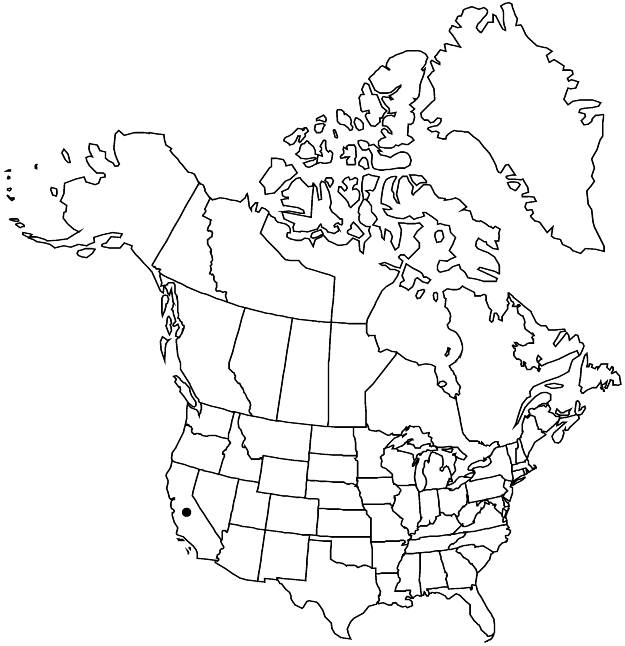Eriogonum umbellatum var. covillei
in P. A. Munz, Suppl. Calif. Fl., 43. 1968.
Herbs, typically prostrate mats, 0.5–1 × 1–5 dm. Aerial flowering-stems spreading to erect, 0.3–0.9 dm, thinly tomentose to nearly glabrous, without one or more leaflike bracts ca. midlength. Leaves in tight rosettes; blade usually narrowly elliptic, 0.3–0.6 (–1) × 0.2–0.4 (–0.6) cm, white-tomentose abaxially, slightly less so and greenish adaxially, margins plane. Inflorescences compact-umbellate; branches 0.2–1 cm, thinly tomentose to floccose, without a whorl of bracts ca. midlength; involucral tubes 1.5–2.5 mm, lobes 1–3 mm. Flowers 2–4 (–5) mm; perianth bright-yellow.
Phenology: Flowering Jul–Sep.
Habitat: Gravelly to rocky or talus slopes and ridges, high-elevation sagebrush communities, alpine conifer woodlands
Elevation: 3000-3600 m
Discussion
Variety covillei is restricted to the backbone of the Sierra Nevada in Inyo and Tulare counties, and the White Mountains in Mono County; it is rare throughout its range. Clearly it is an alpine derivative of var. nevadense, and some specimens can be difficult to place.
Selected References
None.
Lower Taxa
"dm" is not declared as a valid unit of measurement for this property."dm" is not declared as a valid unit of measurement for this property."dm" is not declared as a valid unit of measurement for this property."dm" is not declared as a valid unit of measurement for this property.
